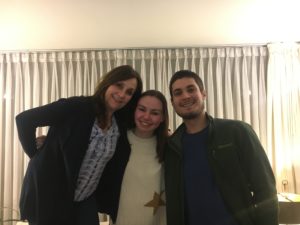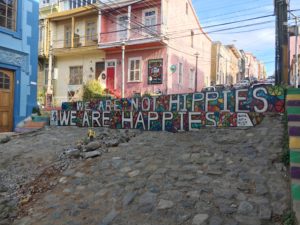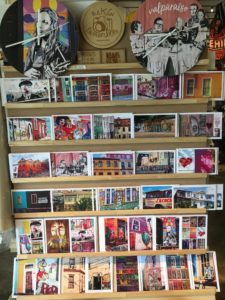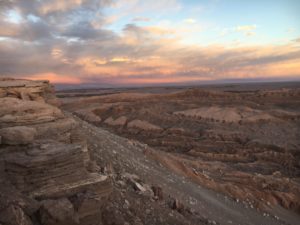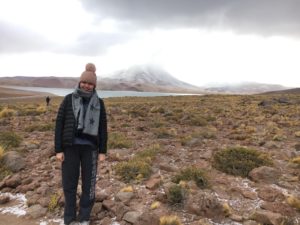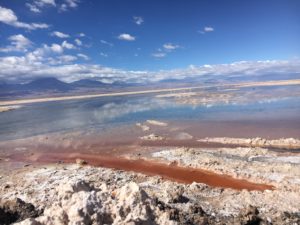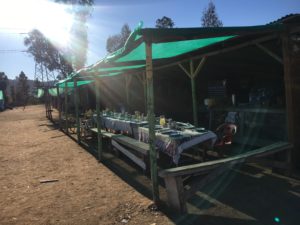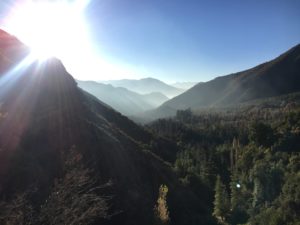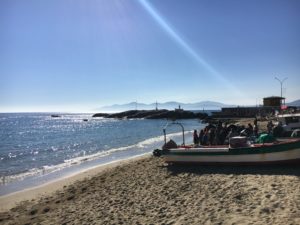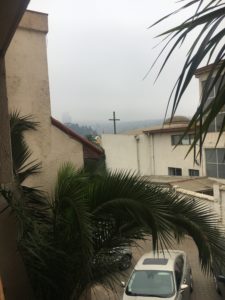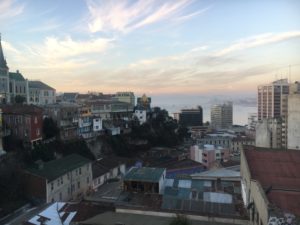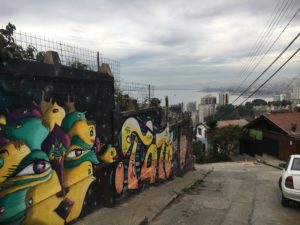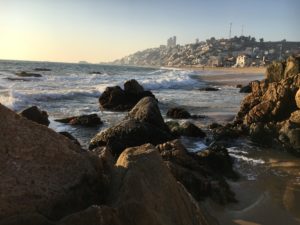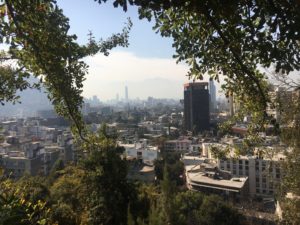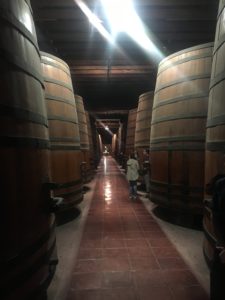My experience in Chile definitely reiterated to me the effectiveness of language acquisition in a fully immersive foreign environment. I saw myself challenged to take that extra step to engage with my community, host family, and other native Spanish speakers who I encountered in my journeys. I learned that one must take a more active role in order to utilize time abroad; in other words, I found that making conversation whenever possible, even just for a couple minutes, is much better than waiting to be approached by others. Some of my most meaningful conversations and exchanges occurred when I was quite uncomfortable, which shows that the process of putting oneself out there truly pays off in the long run. I saw that through such exchanges, I was able to reach all of the goals that I set out for myself.
Speaking holistically of my SLA experience, I can say that my view on the power of communication has been reinforced. For me, there is nothing more meaningful than the exchange of personal beliefs and cultural values through spoken word. Beyond my language acquisition, I had an amazing time exploring all that Chile has to offer. I feel for the most part that I used my free time wisely in that I planned trips with my friends to visit other parts of the country. In fact, my favorite place I visited, San Pedro de Atacama, resulted from tons of planning from my friends and me, and turned out to be one of the most eye-opening experiences of my life. I would advise other travelers, especially recipients of the SLA Grant, to take advantages of the different geographical regions of the country through short weekend trips.
If there is one thing I learned from my travels in Chile, it is that I never want to stop traveling. I want to continue to develop and hone my Spanish-speaking skills through further travel and engagement with unique communities that will broaden my worldview. I would love to go back to South America and travel throughout the beautiful countries of the continent, conversing with native speakers to advance the process of language acquisition. I definitely would like to study abroad during my junior year to further shape my worldview and continue my development in the Spanish language. All in all, I want to keep traveling such that I can keep learning and bettering my language abilities and, ultimately, myself.
